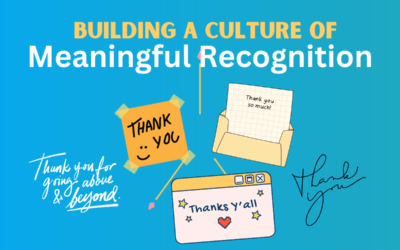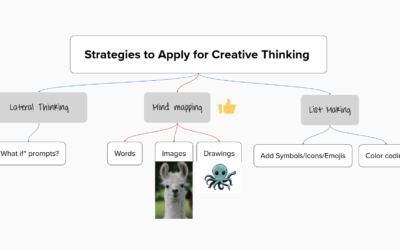 Crowdfunding gets all the attention. Next in Nonprofits has a whitepaper and blog posts about it, and has conducted loads of seminars. It’s a great tool, and should be part of most nonprofits’ strategy for the right needs.
Crowdfunding gets all the attention. Next in Nonprofits has a whitepaper and blog posts about it, and has conducted loads of seminars. It’s a great tool, and should be part of most nonprofits’ strategy for the right needs.
This tactic, however, has some specific limitations (which also are the reasons it works). Crowdfunding works well when there is an end goal to a big project, and a deadline. There are many things nonprofits do that aren’t based on deadlines, but rather are recurring needs. How does a nonprofit structure a crowdsustaining campaign?
There are many sites which allow users to make small, regular contributions to sustain a charity. GiveMN.org has long had a subscription model where a supporter can give as little as $10 each month to their favorite charity. Models like this work well for many purposes, but aren’t specifically tied to new creations or new outputs. The subscriber is paying per month, regardless of how much happens that month. Patreon.com allows supporters to pledge even smaller amounts on a per-creation basis. Some months may be bigger, some may be smaller, but all the aggregated payments get charged to a user monthly rather than literally nickle and diming them.
Content creators are the target here, and nonprofits of many stripes could use a good old-fashioned patron to support their content. Arts organizations in particular come to mind, but the model could work for any nonprofit with the gumption to ask for micro-payments for services rendered. Tom Merritt is self-funding his daily podcast asking his patrons for just five cents per episode (or roughly a $1.00 per month). $10 per month may not seem like much, but $1 per month seems reachable for almost everyone. The less friction involved in a decision, the easier for more people to participate. Over four thousand patrons help Tom bring in his show’s budget, over $11,000 per month. That’s an average donation of just $2.78 per month.
The patrons of yore were the upper classes; the landed gentry of inherited wealth. Thanks to the power of large numbers, today’s patrons can be anyone. Charities just have to provide value to a large enough crowd.


